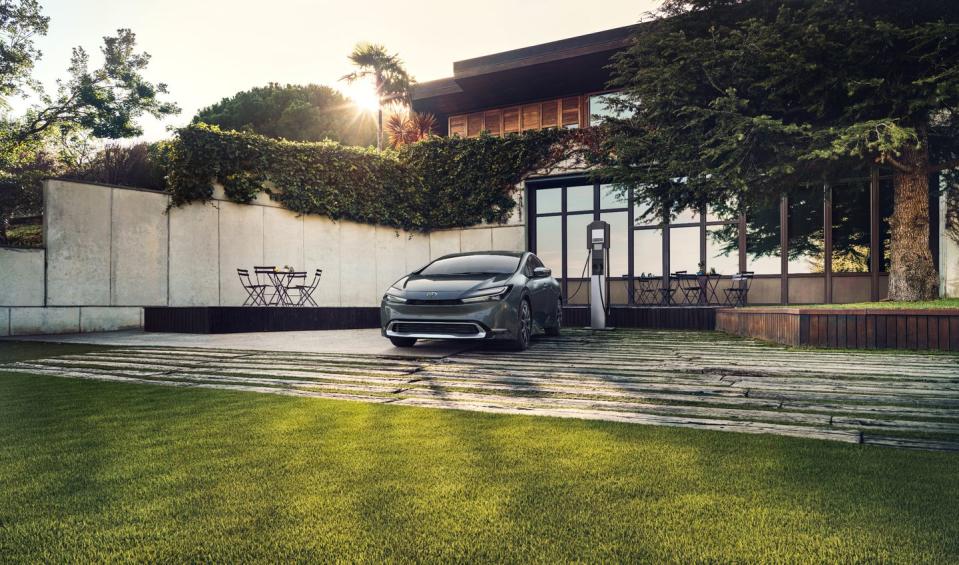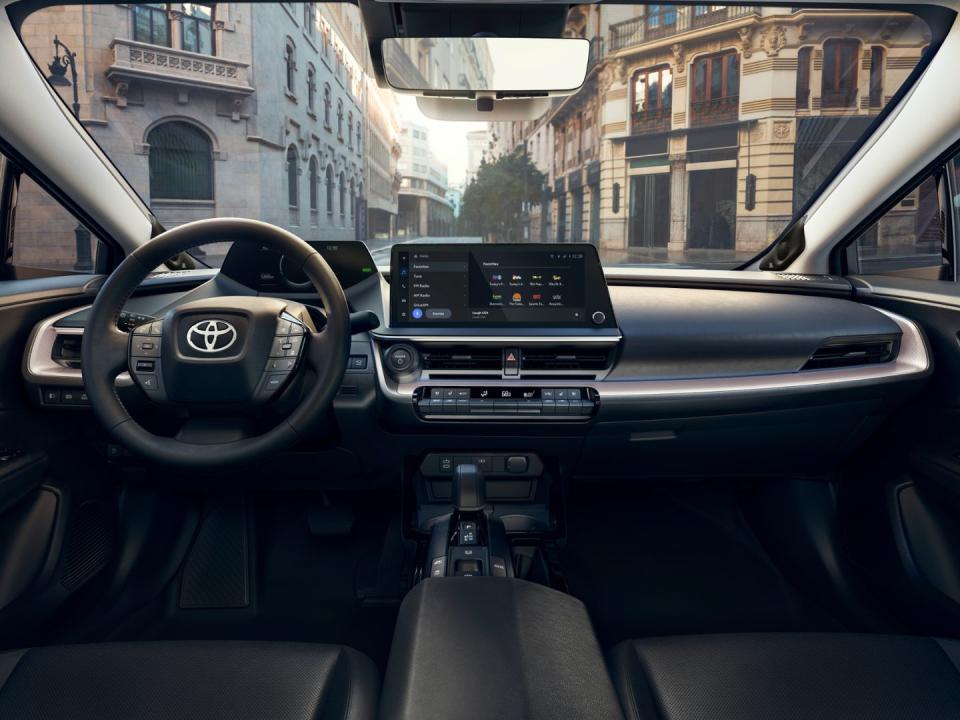2023 Toyota Prius Aims to Dominate Hybrid Market—More than Ever

The Toyota Prius is all-new for 2023, with a new chassis, drivetrain, and features across the hybrid family.
Based on the TNGA-C platform, both the Prius and Prius Prime share a futuristic, aerodynamic design, backed up by a significant increase in electrified 2.0-liter four-cylinder power, up to 196 hp and 220 hp, respectively.
All-wheel drive is now an option on the Prius, while the Prius Prime gets a solar panel charging roof and semi-autonomous traffic jam capabilities, with both models having significant technology and safety package upgrades as well.
Toyota has faced criticism for a slow approach to the industry shift towards fully electric vehicles, but Toyota plans to stay its course for the time being. Just over two decades ago, the Toyota Prius was launched, and by metrics of sales, efficiency, and practicality has been a resounding success for the brand. Now, the company's first BEV, the bZ4x, has finally returned to service following a series of recalls, and its hybrid SUV models are selling better than ever—surpassing traditional ICE versions in some cases.

With that in mind, it's no surprise that Toyota is sticking with its hybrid strategy for now. And what better way to continue its momentum than re-vamping the most notable version, with the 2023 Toyota Prius and Prius Prime being launched at the 2022 LA Auto Show? Pricing and date of sale details have yet to be released, but we expect the models to go on sale in early-to-mid 2023.
Visually striking is an understatement when comparing the new Prius and Prius Prime to its somewhat bland, wedge-shaped precursors. Both models are built on a second-generation version of Toyota's TNGA-C platform, shared with models like the Corolla and Lexus UX, which has a significantly lower and wider stance than the previous platform. And the performance details of the new Prius family are even more exciting than its aerodynamic makeover.

Available in three trim levels (LE, XLE, and Limited), the new 2.0-liter four-cylinder powerplant will be standard across Prius levels, making 194 hp in front-drive form thanks to its fifth generation hybrid powertrain and newly developed rear-seat mounted lithium-ion batteries. This new electrification system accounts for a 15% increase in output compared to the previous nickel-metal battery, in addition to reducing weight. A 2 hp bump is available if you opt for the new Electronic On-Demand all-wheel-drive system, which functions through a high-output Interior Permanent Magnet motor driving the rear wheels. Not that anyone is counting, but the FWD and AWD models jog to a 0-60 mph time of 7.2-seconds and 7.0-seconds, respectively.
Normal, Eco, and Sport drive modes are available, with the main differences being the level of accelerator pressure and accompanying mileage or performance benefits. Combining drive modes and a new powertrain, Toyota says this will be the most efficient Prius ever, with an optimal 57 mpg in front-drive trim.


 Yahoo Autos
Yahoo Autos 